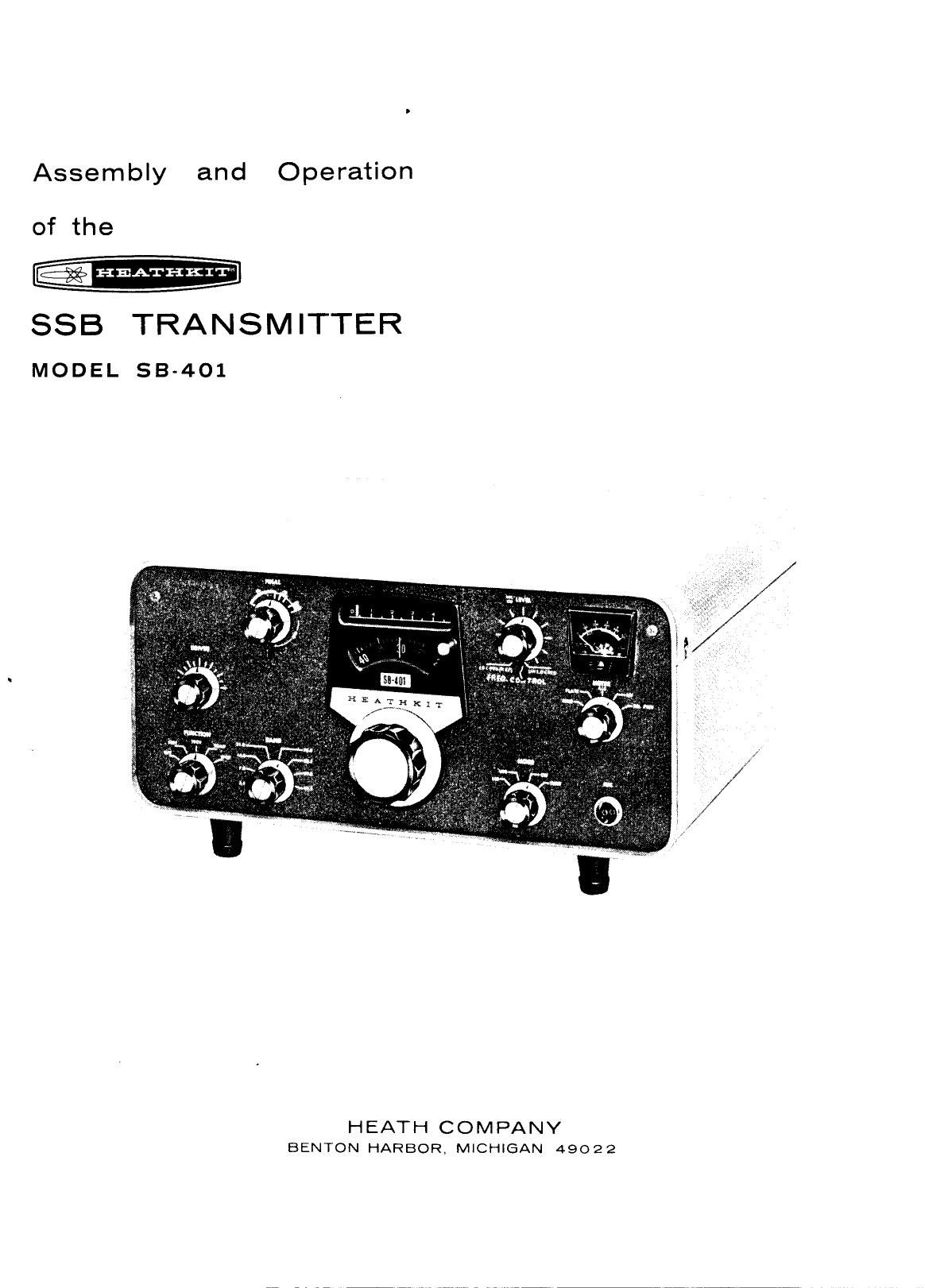Heathkit B 401 SSB Assembly Manual
This is the 81 pages manual for Heathkit B 401 SSB Assembly Manual.
Read or download the pdf for free. If you want to contribute, please upload pdfs to audioservicemanuals.wetransfer.com.
Page: 1 / 81
